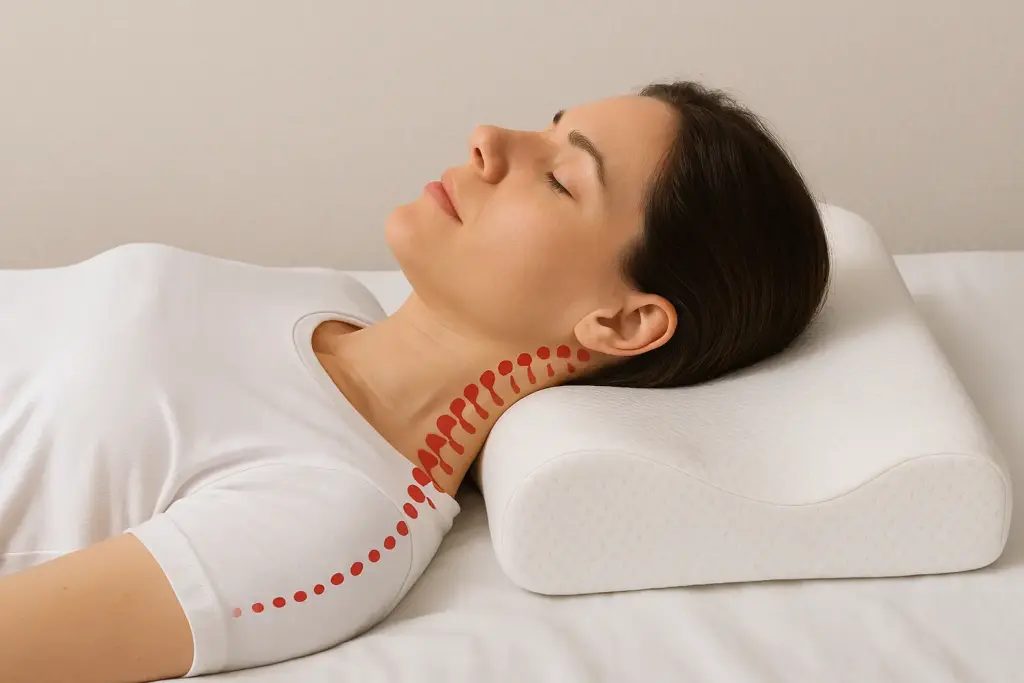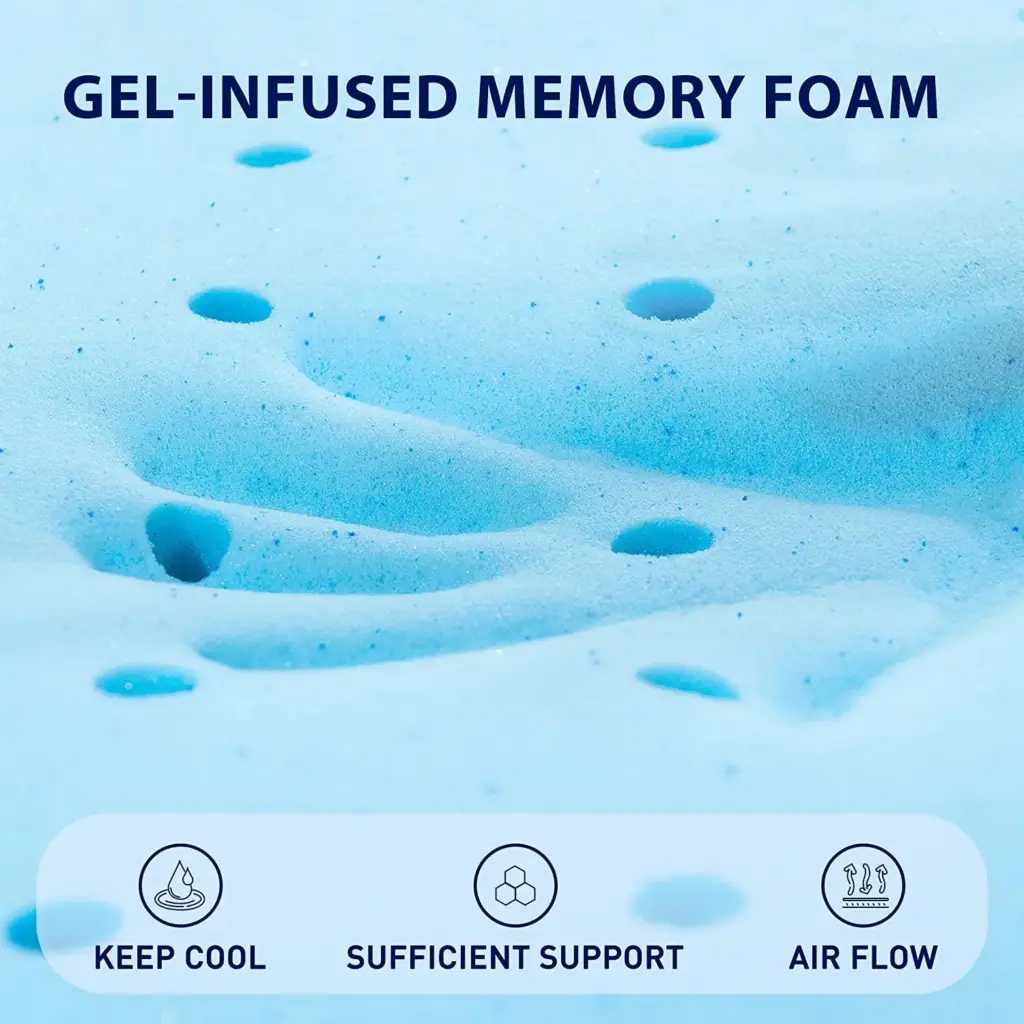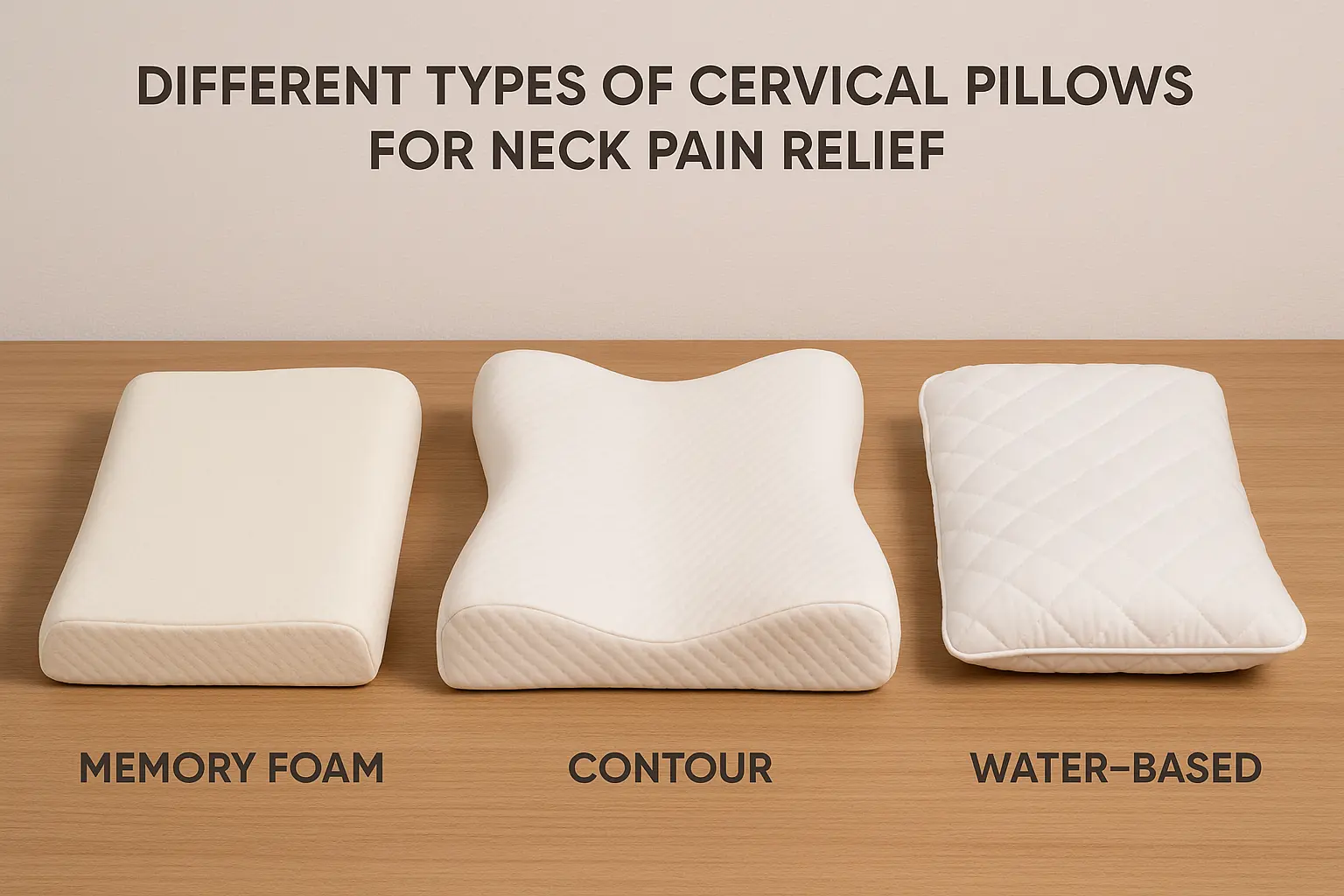Neck stiffness, poor sleep, and morning discomfort are common complaints among adults, especially those who spend long hours at desks or experience poor posture. A cervical pillow—also called an orthopedic or contour pillow—can help maintain spinal alignment, reduce muscle strain, and provide restorative sleep. But with so many options on the market, from memory foam to water-based designs, it can be overwhelming to choose the right one.
This guide breaks down the best pillow types, their benefits, and how to select the one most suited to your sleeping needs.
Why Cervical Pillows Matter
The cervical spine (the neck area) has a natural curve that needs proper support during sleep. A poorly chosen pillow can place stress on the muscles, ligaments, and joints, causing:
- Morning neck stiffness
- Headaches and shoulder tension
- Interrupted, restless sleep
- Longer-term posture problems
The right cervical pillow keeps your head, neck, and spine aligned—helping muscles relax and preventing strain.

Comparison of Cervical Pillow Types
| Pillow Type | Best For | Key Benefits | Possible Drawbacks |
|---|---|---|---|
| Memory Foam | Chronic neck pain, firm support | Contours to head/neck, keeps alignment | Can trap heat unless ventilated |
| Contour Orthopedic | Back & side sleepers | Raised edges for neck support, alignment | Takes time to adjust |
| Water-Based | Customizable support | Adjustable firmness, adapts to movement | Heavier, requires maintenance |
| Adjustable Fill/Height | Unsure of ideal loft | Add/remove filling for personalization | Trial and error needed |
| Cooling/Breathable | Hot sleepers, warm climates | Regulates temperature, improves airflow | Quality varies by brand |
Top Types of Cervical Pillows
1. Memory Foam Cervical Pillows
- Best for: People with chronic neck pain or who need firm support.
- Why they work: Memory foam contours to the shape of your head and neck, maintaining alignment throughout the night.
- Downside: Can trap heat unless infused with cooling gel or ventilated design.
2. Contour Orthopedic Pillows
- Best for: Back and side sleepers who need consistent cervical support.
- Why they work: Raised edges support the neck while the center cradles the head, ideal for keeping the spine in neutral alignment.
- Downside: May take a few nights to adjust if you’re used to traditional pillows.
3. Water-Based Pillows
- Best for: Individuals needing customizable firmness.
- Why they work: You can adjust water levels for softer or firmer support. They also adapt to movement during the night.
- Downside: Heavier and require occasional maintenance.
4. Adjustable Fill or Height Pillows
- Best for: People unsure of their exact support needs.
- Why they work: These allow you to add/remove foam, microfibers, or latex to achieve the right loft for your body and sleeping style.
- Downside: May require experimentation to find the “sweet spot.”
5. Cooling & Breathable Pillows
- Best for: Hot sleepers or those in warmer climates.
- Why they work: Made from bamboo fabric, gel-infused foam, or ventilated latex, they help regulate temperature and improve airflow.
- Downside: Quality varies widely—cheap versions may flatten quickly.

Final Recommendations
- For consistent support: Contour memory foam pillows (with cooling gel if you run hot).
- For flexibility: Adjustable fill pillows that let you customize loft and firmness.
- For chronic neck issues: Water-based or orthopedic contour designs, recommended by many chiropractors.
- For longevity: Latex or high-density memory foam, as they typically outlast standard foams.
Conclusion
The best cervical pillow for neck pain isn’t a one-size-fits-all solution. It depends on your sleeping style, body structure, and personal comfort preferences. However, orthopedic contour designs and adjustable models consistently rank among the most effective for pain relief and alignment.
Investing in the right pillow is more than about comfort—it’s about long-term spinal health and quality of life. If you’ve been struggling with stiffness, upgrading your pillow may be the most effective step you can take toward better sleep.


Leave a Reply